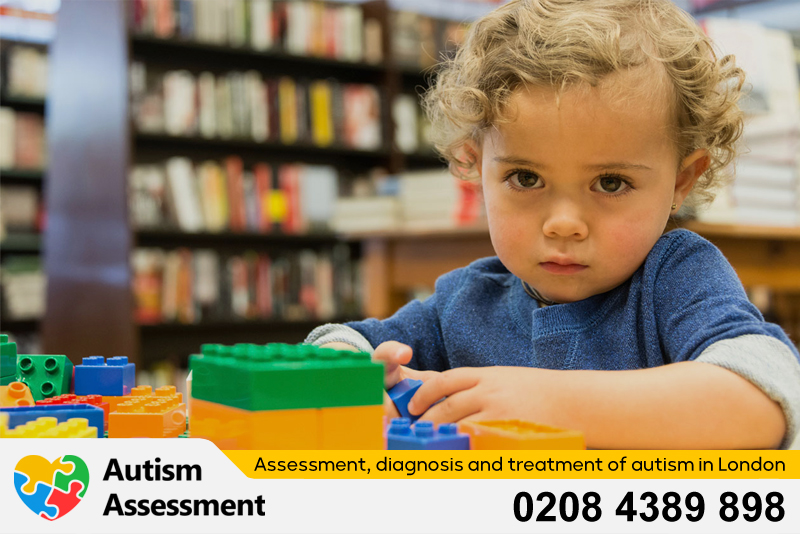are autism rates increasing?
Understanding the Rise in Autism Rates
The prevalence of autism spectrum disorder (ASD) has been a subject of much discussion and research over the years. Recent data suggests that autism rates are indeed on the rise, but the reasons behind this increase are complex and multifaceted.
One of the primary factors contributing to the higher reported rates of autism is the significant improvement in awareness and diagnostic criteria. Over the past few decades, there has been a concerted effort to better understand ASD, leading to more accurate and inclusive diagnostic practices. The expansion of the diagnostic criteria in the DSM (Diagnostic and Statistical Manual of Mental Disorders) has allowed for a broader spectrum of behaviors and symptoms to be recognized as part of the autism spectrum, which naturally leads to higher rates of diagnosis.
Moreover, the CDC’s Autism and Developmental Disabilities Monitoring Network has been instrumental in tracking the prevalence of autism. Their methodology, which includes reviewing health and school records of 8-year-old children, provides a more comprehensive picture of autism rates across the United States.
Another aspect to consider is the role of environmental factors. While there is no definitive evidence linking specific environmental conditions to autism, researchers are actively exploring how elements such as air pollution, low birth weight, and parental stress during pregnancy may contribute to the development of ASD.
It’s also important to note the disparities in diagnosis among different demographics. Recent reports indicate that Black and Hispanic children are now being diagnosed with autism at higher rates than white children. This shift could reflect a reduction in the diagnostic gap that previously existed, due to improved access to healthcare services and increased awareness in these communities.
In conclusion, the increase in autism rates is likely a result of a combination of better awareness, refined diagnostic criteria, and potentially environmental influences. As our understanding of ASD continues to evolve, so too will our approach to tracking and supporting those on the autism spectrum.
For a more in-depth analysis of the factors influencing the rise in autism rates, readers can explore the detailed articles provided by Scientific American and Healthline.



